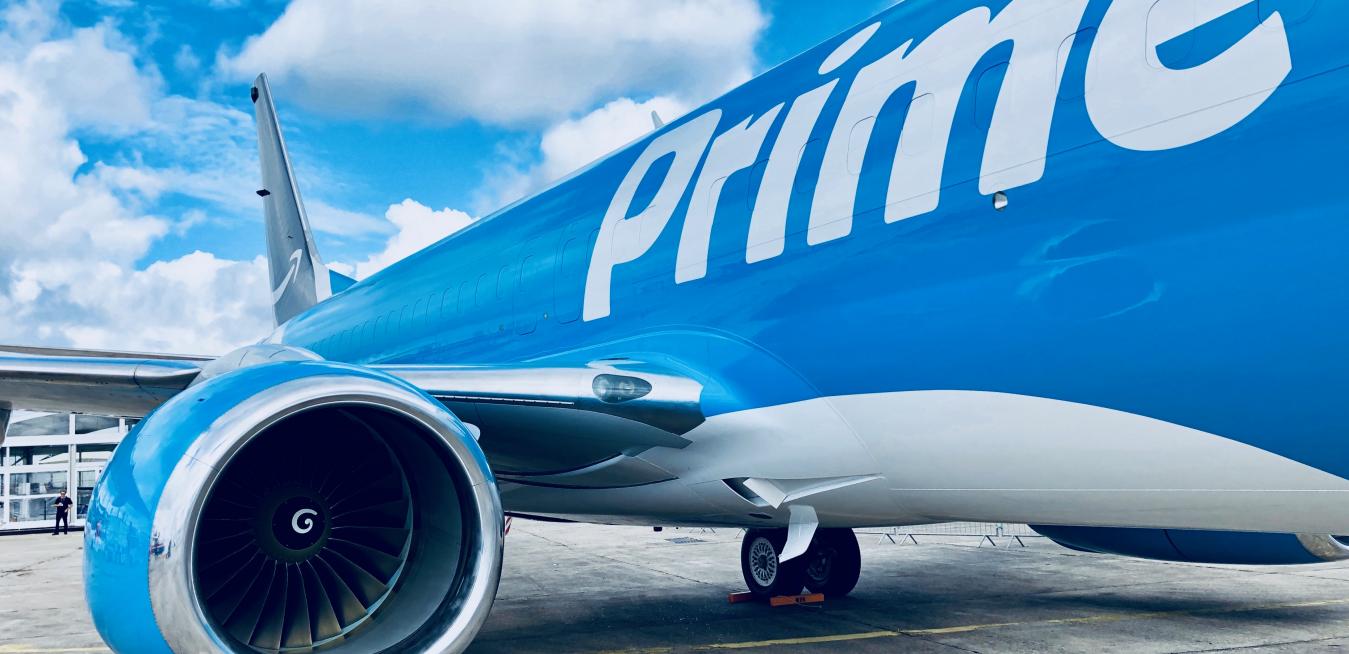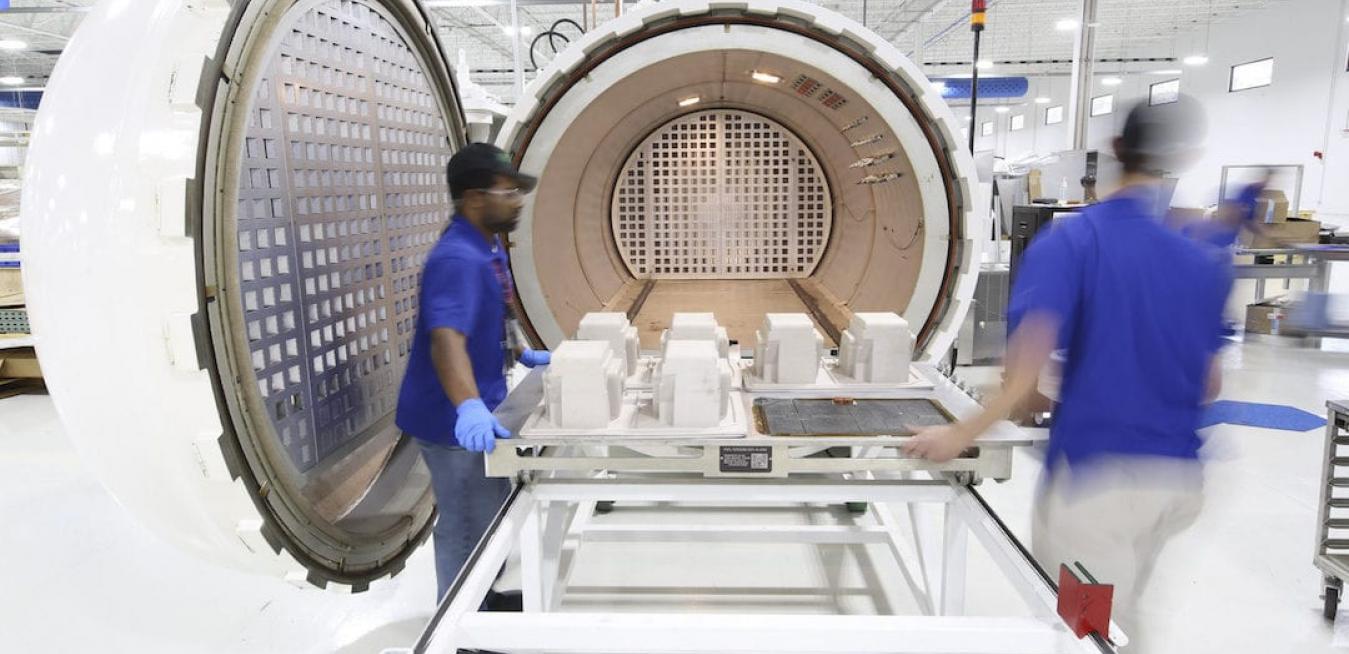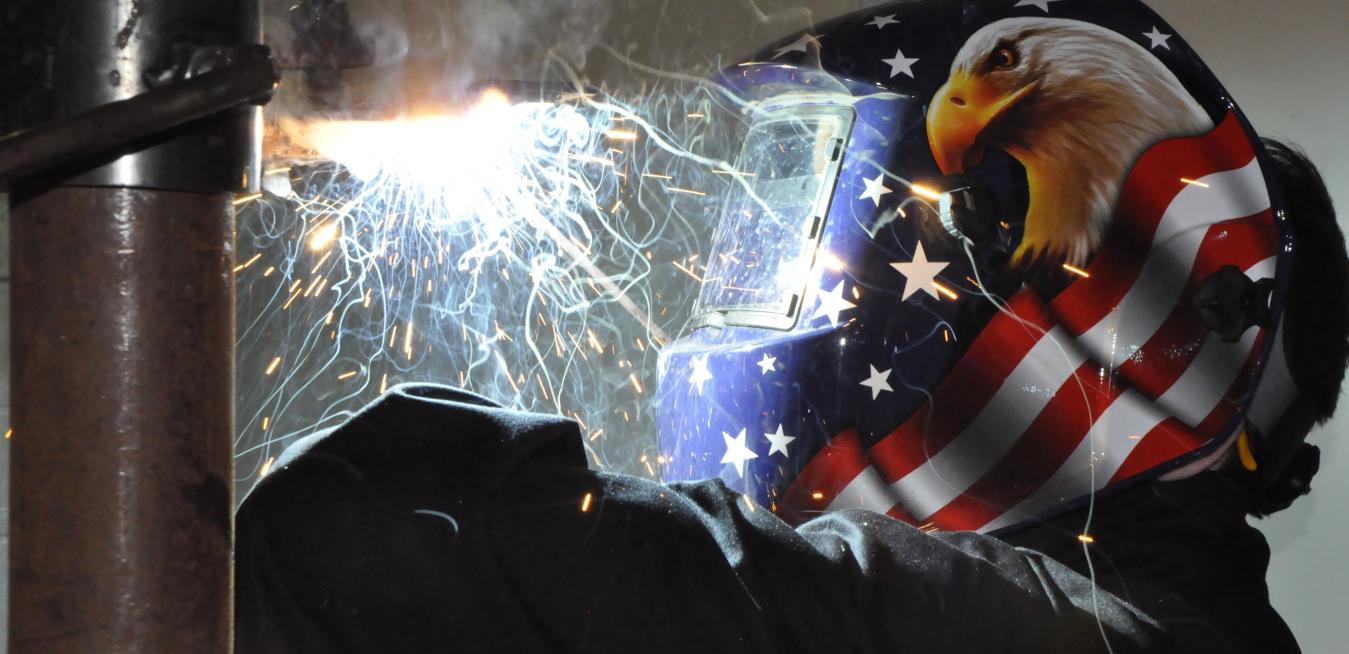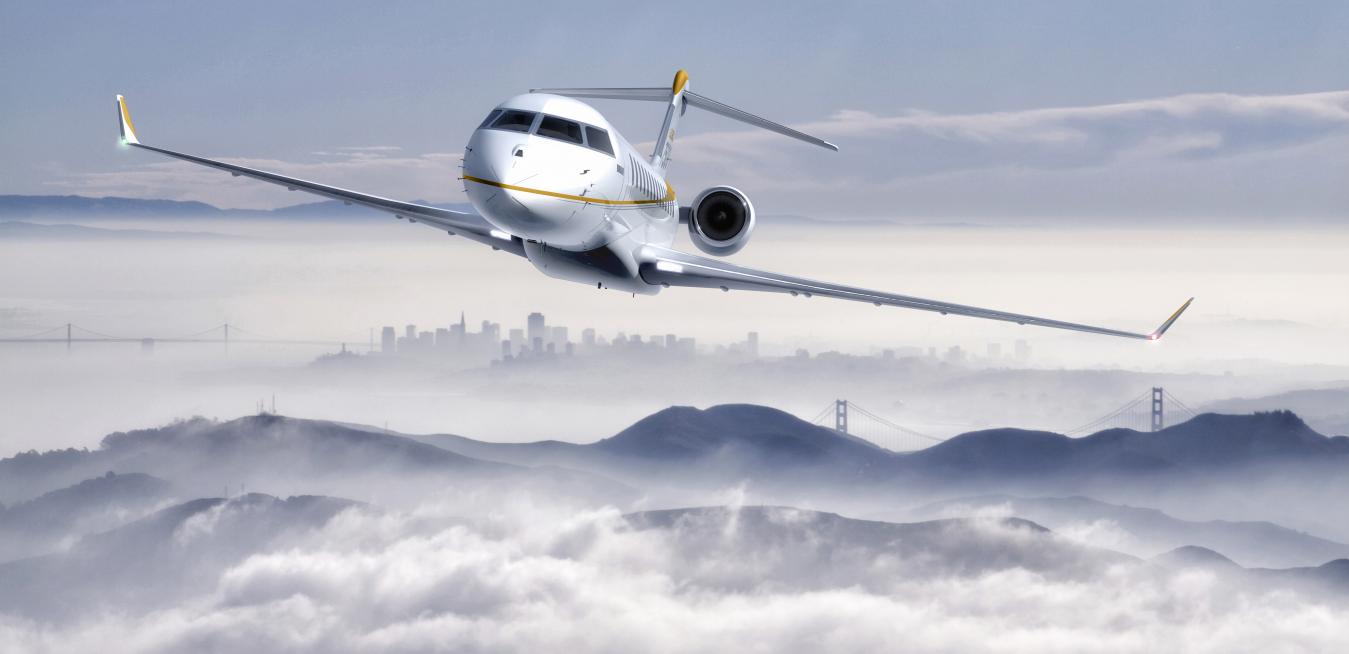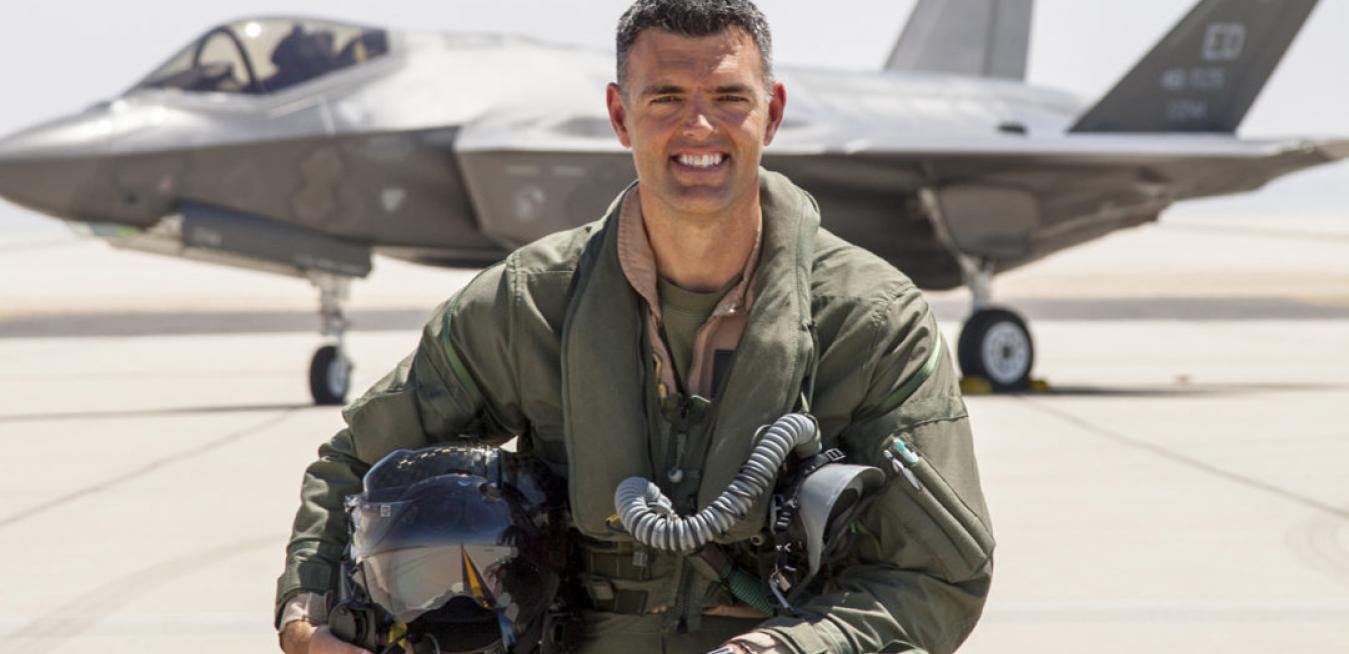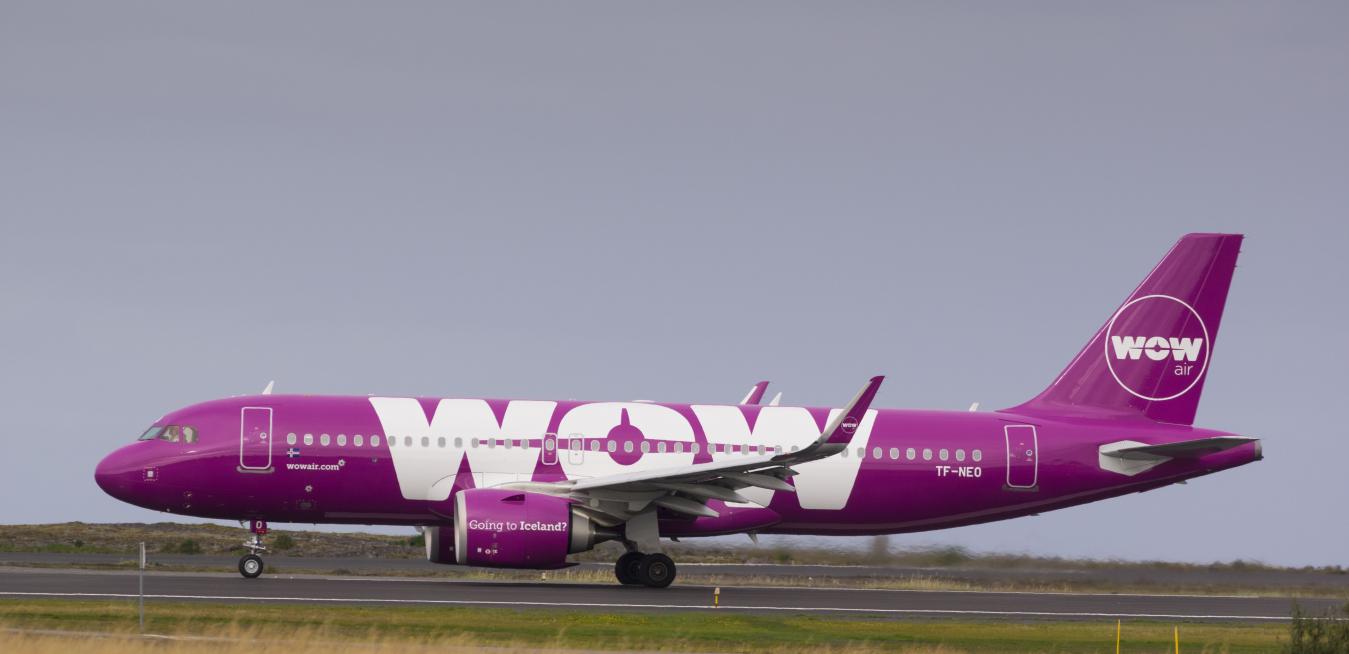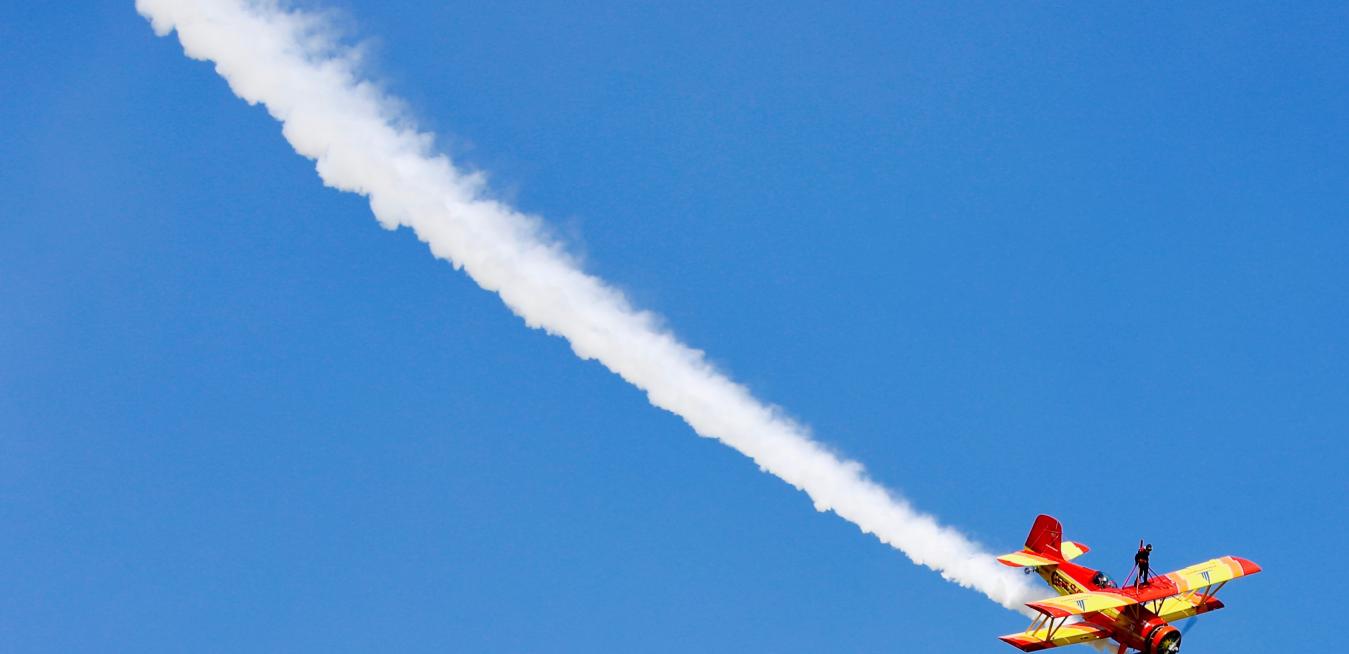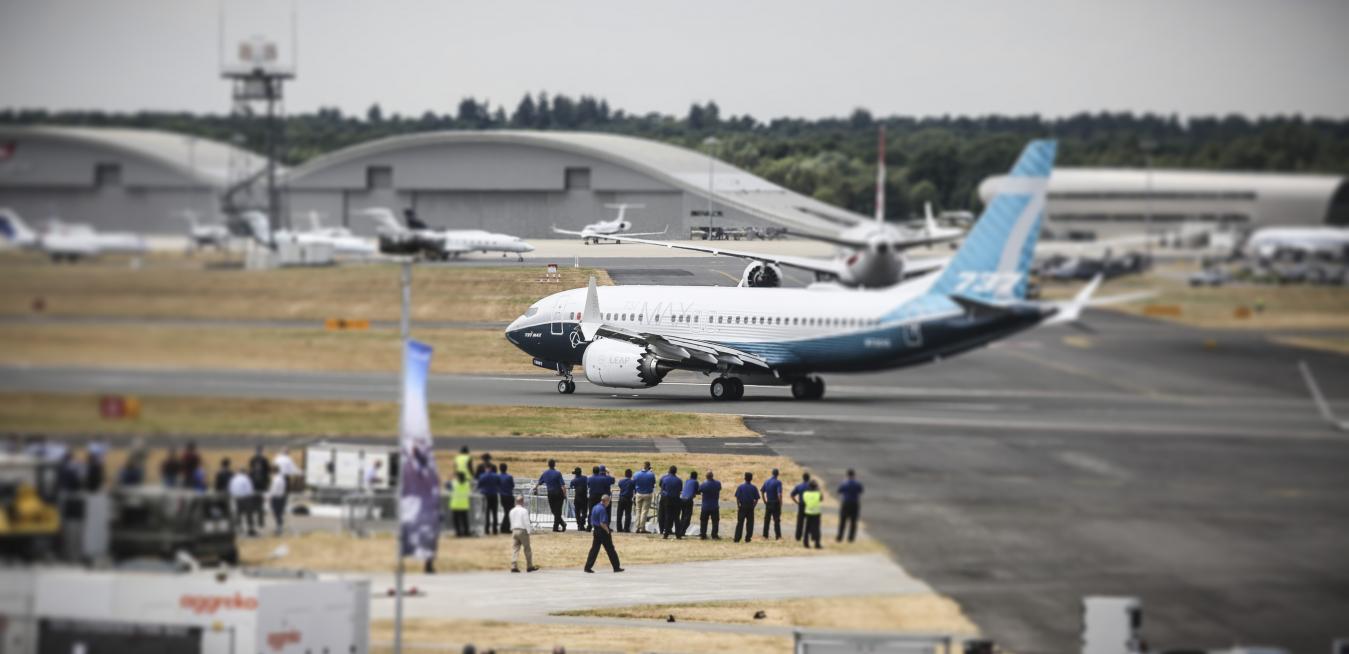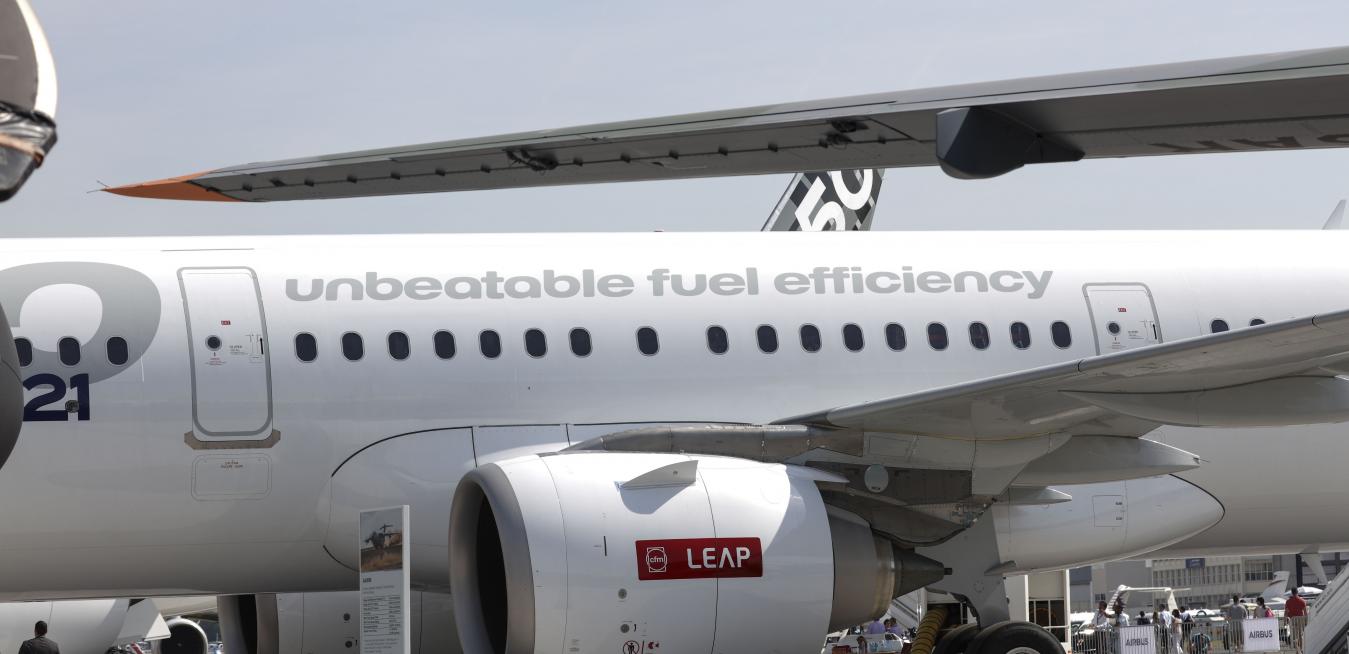The Paris Air Show kicked off this weekend with a briefing for journalists — or at least that’s how the jet engine maker CFM International got things going. To CFM, this year’s show is special. Eleven years ago, in 2008, the company announced in a hotel conference room just off the Avenue des Champs-Élysées that it would build a revolutionary new jet engine called the LEAP. Speaking in the same room on Saturday, Gaël Méheust, CFM's president and CEO, told reporters that the jet engine was “delivering on what we promised.”
After examining the possibility of ceramics being used in flight in 2001, scientists from the Institute for Defense Analyses starkly concluded, “There may be more pigs flying than ceramics in the future.” It’s easy to see why when you think of a coffee mug: The material is great for handling heat but breaks catastrophically when met with force.
At the Greene County Career Center in southwestern Ohio’s Xenia Township, 650 high school students spend half their day in the classroom, learning traditional subjects like math, English and social studies. The other half of the day, though, is what gets them most excited.
There are plenty of fast and fancy business jets, but only one that flies the fastest and farthest. This week, the plane maker Bombardier revealed that its Global 7500 luxury aircraft scored a set of records for the longest mission ever flown by a purpose-built business jet and for speed over the longest range (that milestone is still awaiting validation by the National Aeronautic Association).
But when Marie-Agathe Charpagne sat down to play “Apres une Lecture de Dante” by Franz Liszt, in 2016, she was perfectly composed. In front of an audience of her fellow competitors, her hands flew over the keys, always landing on the right notes, while her bare feet skimmed the pedals, giving added depth to the music flowing from the instrument.
If you asked most kids in the 1980s, "Are you an Alan Shepard or a Chuck Yeager?," many would pick America’s first astronaut over the test pilot who became the first human to fly faster than the speed of sound. But from the moment Jon Ohman saw "The Right Stuff," the movie that chronicled America’s race into space, he knew: He was a Yeager all the way. “That movie introduced me to the mystique of test pilots,” Ohman says. “It made me realize as a kid that the world of flight test is where I wanted to be.”
Reykjavik in January isn’t the cheeriest place. Darkness reigns for most of the day — the sun rises at 11 in the morning and sets just five hours later. The temperature hovers around freezing, and rain is frequently in the forecast. Earlier this year, 200-some souls waited at Reykjavik’s Keflavik airport to swap the dank twilight for California sunshine. But the plane that had been scheduled for their flight was out of service, and officials were weighing their options.
It’s been a week splashed with sunshine at the Farnborough International Airshow — an unusual sight for England in July — but GE Aviation still made it rain. The GE unit that makes aircraft engines, plane components, avionics and other aerospace technology said it and its partner, CFM International, have won orders valued at more than $22 billion at list price.
GE and its partners have received more than $31 billion in new business at the show, which opened Monday. The bulk of those orders are for a new family of LEAP jet engines with 3D-printed fuel nozzles. The LEAP engine was developed by CFM International, a 50-50 joint venture between GE and France’s Safran Aircraft Engines.
